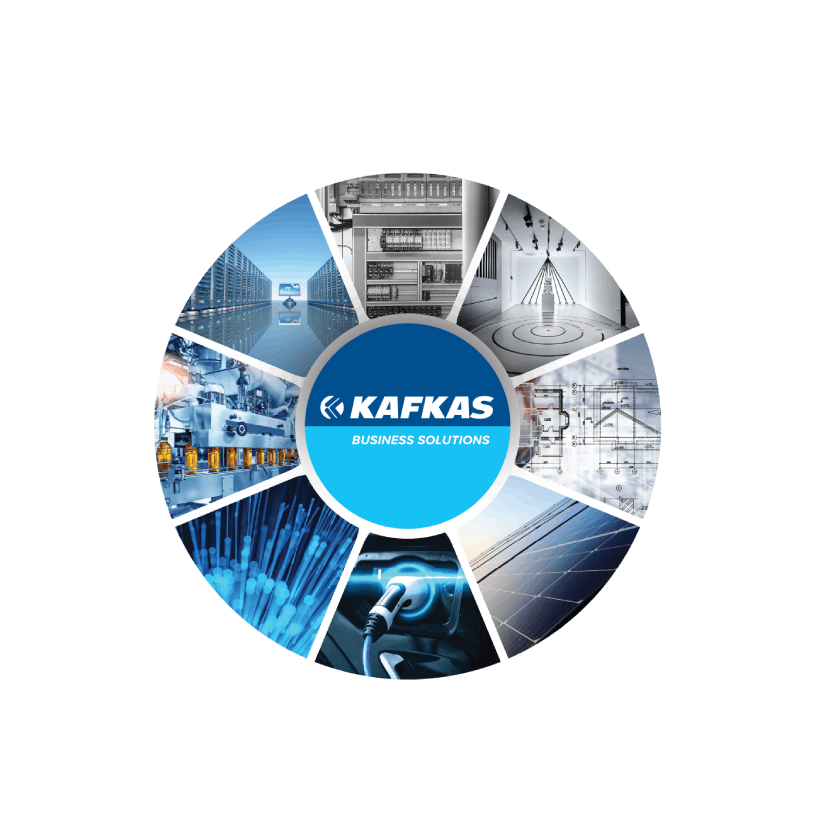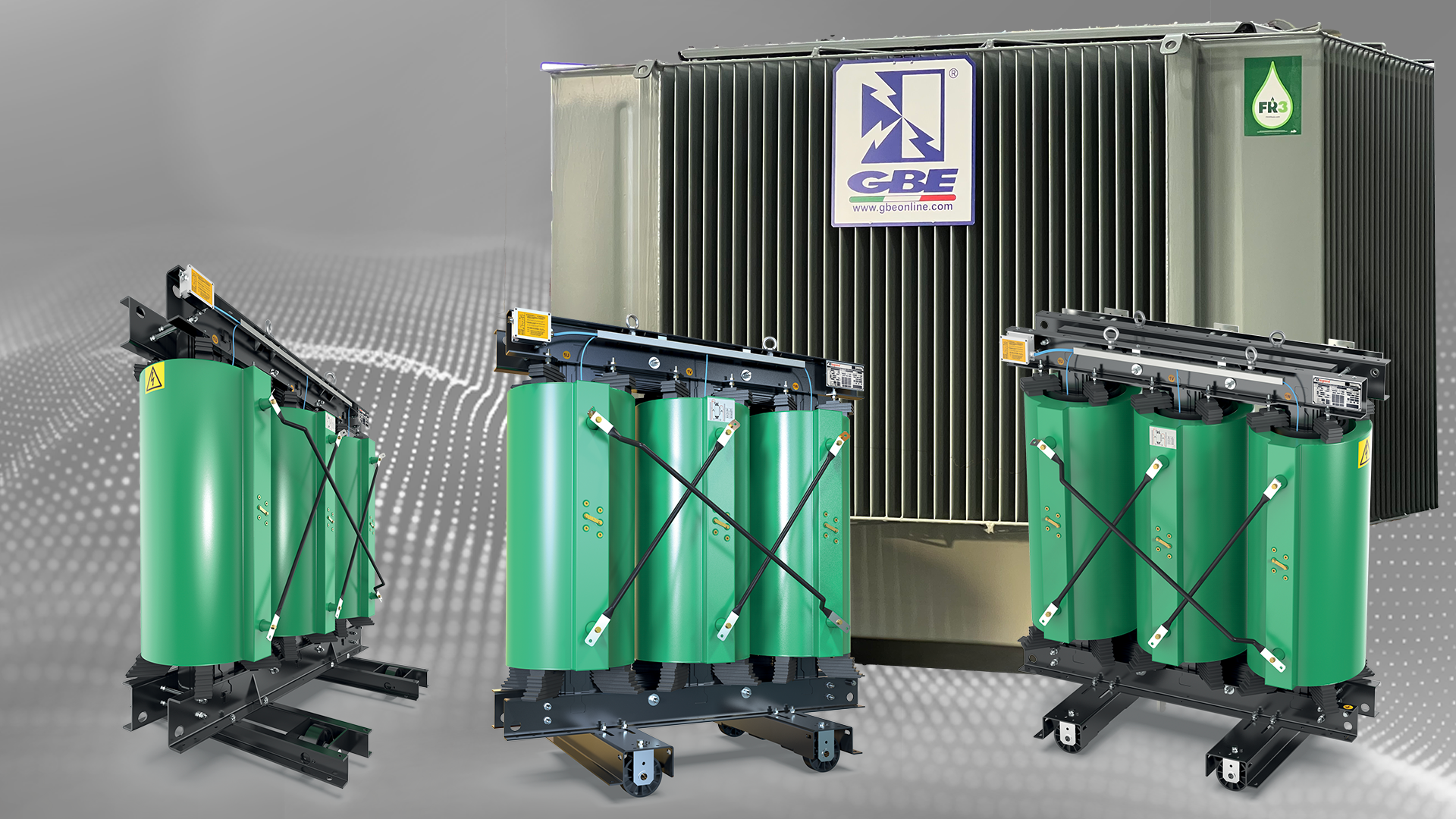Transformers (T/F)
Transformers are electrical machines that convert the input electricity into output electricity at a different voltage level, lower or higher than the input voltage, while maintaining the same frequency. Transformers allow the transmission and distribution of electricity in a simple and very economical way, since their efficiency is greater than 95%. The supply of energy to consumers without transformers would be impossible and this is because the voltage at the terminals of a power plant is very high.
The purpose of transformers is to adapt the electricity to the voltage at any given time. Also in transmission lines there are losses that are proportional to the square of the current. Therefore the current should be as low as possible so that the losses are minimal. This is achieved by raising the voltage so that the desired power is transferred.
Distribution transformers are mainly of two types, oil and dry type. They are used in distribution networks to transfer power from the medium voltage network (MV 20kV) to the low voltage network (LV 400V) of the consumers. Their power is usually between 160 kVA and 3150 kVA.
Finally, all transformers are designed in accordance with the ecodesign requirements as defined in Commission Regulation EU No 548/2014 of 21 May 2014 implementing Directive 2009/125/EC of the European Parliament and of the Council. This regulation ensures the maximum limits of losses (vacuum & load) of transformers and makes them more environmentally friendly.

